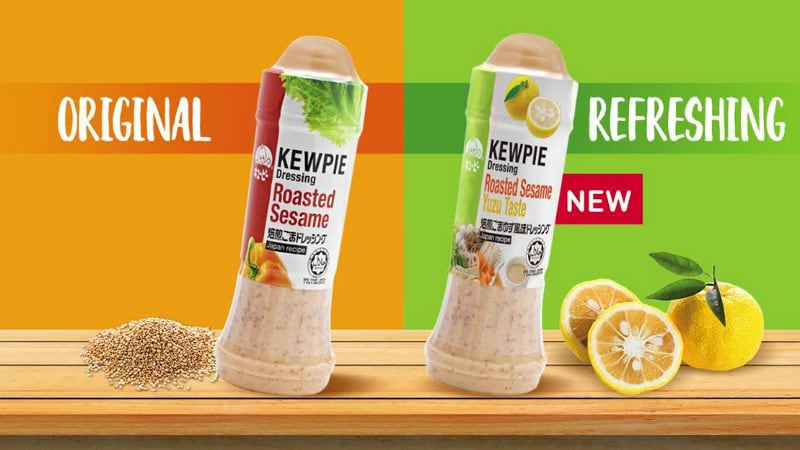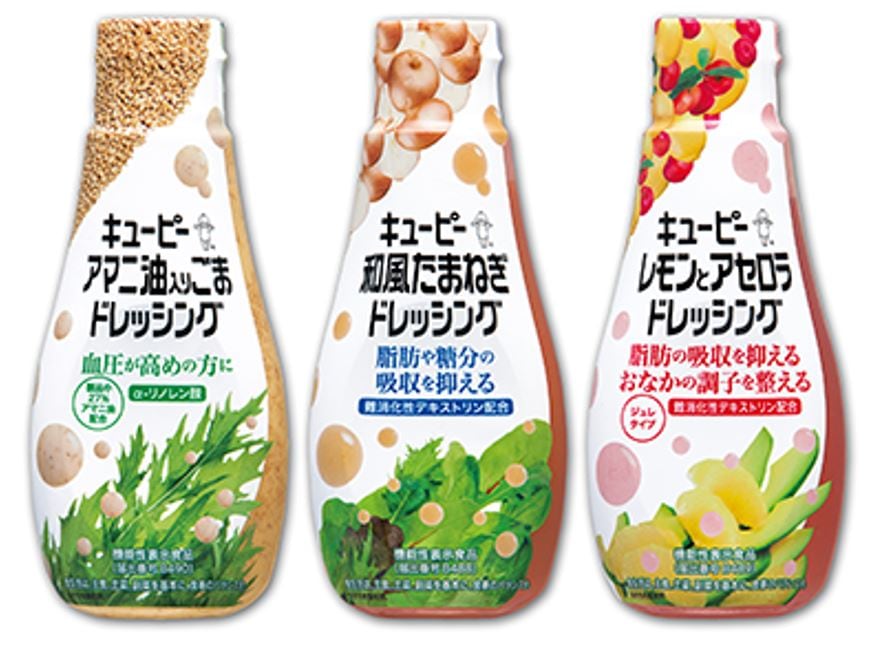Kewpie is best known for its range of salad dressings, and over the years the firm has innovated widely within this category with ingredients such as sesame, yuzu and wasabi.
Today Kewpie is looking to grow its footprint beyond its core consumption occasion as a salad accompaniment, by innovating new uses for its products into novel areas.
“Kewpie is very established when it comes to being used as a dressing for salads or a condiment for burgers, sandwiches and the like, but we believe there are much wider uses for our products in the market beyond the salad bowl,” Kewpie Singapore Sales Executive Wee Xin Yi told FoodNavigator-Asia at the recent Food and Hotel Asia (FHA) 2025 show in Singapore.
“Outside of our conventional strongholds, growth has been particularly rapid in the ready-to-eat meals category - we developed small sachet formats to include with RTE bentos in Japanese supermarket Don Don Donki and other RTE meals in McDonald’s and NTUC FairPrice.
“There has also been strong interest in our sauces as a complementary dip for snacks – this is a strong market in Singapore where a lot of RTE fried foods are things like chicken nuggets, patties and so on which go well with sauces.
“Kewpie sauces can value-add to each of these snacks for consumers who want something beyond the regular ketchup or chilli sauce.”
Kewpie has also conceptualised a novel use for its sauces as a bakery ingredient.
“We have already used one of our salad sauces, the Roasted Sesame Yuzu variant, to successfully replace milk in the making of a pound cake,” she added.
“This is another important example of a novel application, and there has also been significant value addition with this creation due to the sauce itself containing sesame which provides improved aroma; and yuzu which provides a citrusy flavour.”
Flavour trens
In line with its innovation efforts, Kewpie is also continuing its creation of new sauce flavours based on consumer trends in the region.
“In general, spicy flavours are much-loved in South East Asian markets like Singapore and Malaysia and we need to cater to those needs,” she said.
“So we already have flavours such as Spicy Tomato Mayo and Chilli Mayo which are convenient, ready-to-use options for those seeking a spicier alternative to just simple mayonnaise for any use.
“We also have a Mayonnaise Base Type which is a B2B product that can essentially be used to create any type of mayo flavour, and we have been experimenting with spicy Chinese flavours such as mala and green peppercorn in line with cuisine-inspired trends.”
Not all fat is bad
The firm has also been eager to address common misconceptions regarding mayonnaise consumption due to its fat content, stressing that not all fat is a bad thing.
“The most common misconception we find is that mayonnaise is bad because it is high in fat, but the fact is that fat in moderate quantities is crucial for health and nutrient absorption,” she said.
“This is especially important when looking at oil-based vitamins like Vitamin A, D, E and K – without some fat intake, the body would not be able to absorb these, so in actuality not all oil and fat is bad.”




